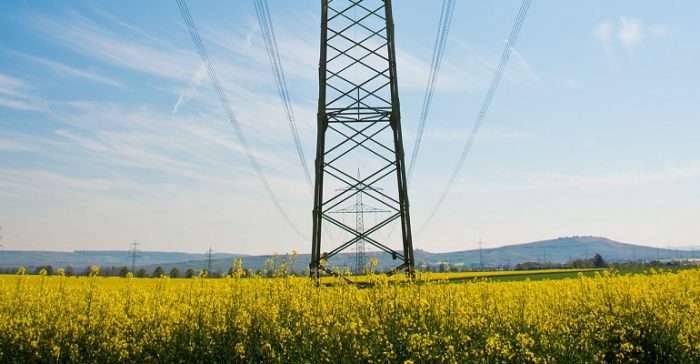California’s Revolution in Western Energy Markets
T&D World, March 9, 2016. Image credit: blickpixel
The Energy Times’ recently talked with BPA Administrator Elliot Mainzer on the regional impact of bold new renewables and storage initiatives in California ahead of the landmark California Renewables Rush conference in San Francisco April 6 supported by virtually all major utilities in the state.
THE ENERGY TIMES: California is executing a massive pivot, planning to get half of their generation from renewables and build 1.3 gigawatts of storage by 2030. How disruptive will that be in the markets that Bonneville serves?
MAINZER: That’s the million dollar question. Like everybody else, we are running numbers, analytics on load resource balance and trying to figure out what the impact of the so called “duck curve” will be in the West. That includes the impact on wholesale energy prices and what it all means for the demand for ramping capacity. Certainly there will be major impacts. We’re trying to position ourselves in terms of our hydro to be able to adapt to the changing patterns of pricing, and the changing patterns of demand. We hope to participate in the emerging markets for balancing capacity that are going to open up across the West. So it will be disruptive. It’ll probably present both significant challenges and opportunities.
THE ENERGY TIMES: Will the changes in California require Bonneville Power to build any additional transmission? Will you be required to ramp up your deployment of intelligence throughout the grid?
MAINZER: In terms of grid intelligence, we – like many others – are investing heavily in our state awareness tools. We’ve put a lot of syncrophasors on our grid and we’re working on graphical tools for our dispatchers to understand what’s happening on the system. I do not anticipate Bonneville having to build more transmission to accommodate what’s happening in California. There may be others who get interested in building more transmission. The existing interties between California and the Northwest have a significant amount of transfer capacity, especially south to north during those periods when California is going to be exporting power.
